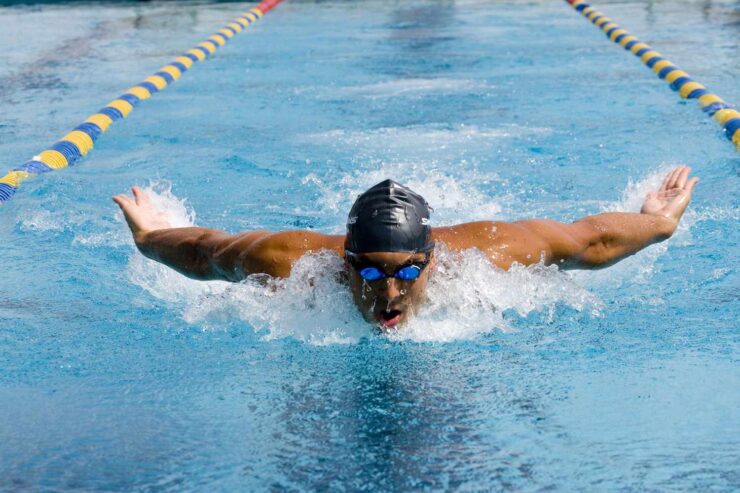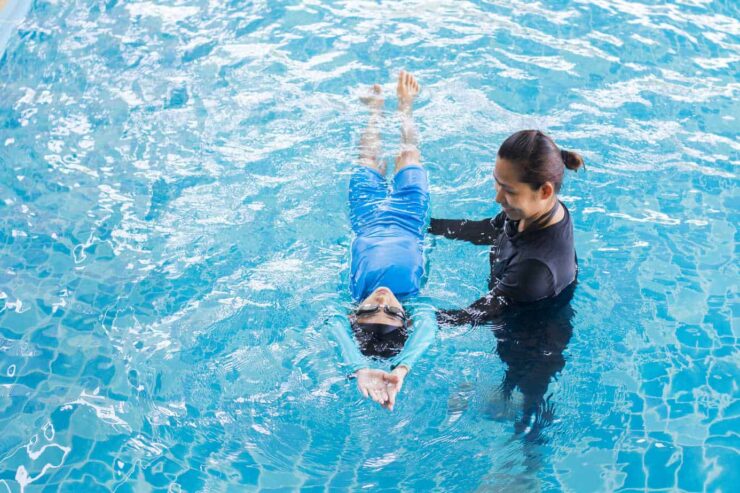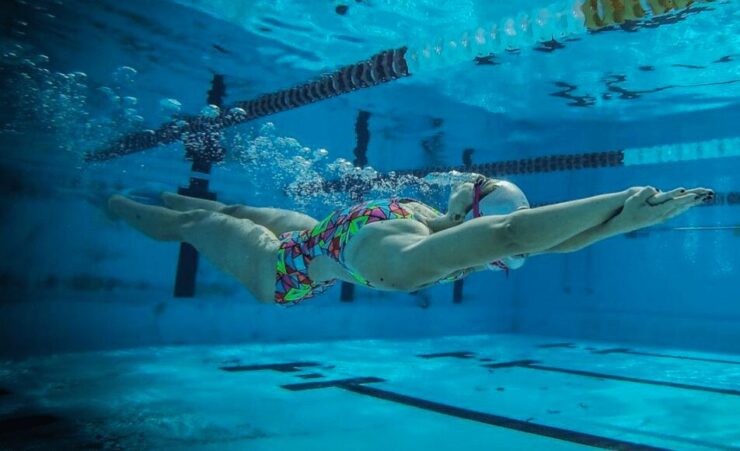Picture yourself gliding effortlessly through the azure expanse of a swimming pool, the sun reflecting brilliantly off the water, creating a mesmerizing ballet of shimmering patterns. You are not merely afloat – you are one with the water, moving seamlessly like a fish. Whether you are yearning for this experience or simply looking to enhance your aquatic skills, two approaches generally surface: self-directed, homemade practices (DIY) and professionally administered swimming lessons.
On one hand, the DIY methodology offers autonomy, allowing you to grasp the art of swimming at your own pace. Contrarily, professional instruction guarantees structured guidance, providing a step-by-step blueprint for progression. Both pathways have their unique merits and potential drawbacks, which this post will explore. You need to think about this before your trip to Singapore so check this site for swimming lessons Bukit Batok.
Benefits of Swimming

Swimming isn’t just a skill; it’s a full-body workout, a stress reliever, and a survival essential. Propelling oneself in water engages every muscle group, making it an excellent exercise for maintaining physical health and stamina. Swimming regularly can help enhance cardiovascular endurance, improve muscle tone, and boost overall strength. Unlike high-impact sports, it offers a low-risk workout, reducing the chance of injury while promoting flexibility.
Swimming has substantial wellness benefits. It’s a peaceful form of exercise that can aid in reducing stress and promoting mental relaxation. Being submerged in water creates a calming ambiance, a world away from the rush and noise of our daily routines. Furthermore, swimming competence is a crucial safety skill, providing confidence around water bodies and possibly making a difference between life and death in emergencies.
DIY Techniques for Learning to Swim
Learning to swim independently, or the DIY method offers flexibility and convenience. With a wealth of online resources available, from video tutorials to instructional blogs, anyone can kickstart their swimming journey from their backyard pool. You dictate your own pace, spending more time on challenging aspects and breezing through the ones you grasp quickly. It’s an appealing option for those who value self-reliance and enjoy learning at their own rhythm.
However, self-learning requires high discipline levels, as the absence of a structured regimen can lead to inconsistent practice. Additionally, without expert supervision, you might unwittingly cultivate poor technique or form, which can be hard to correct later. Moreover, certain skills like breathing control, stroke coordination, or treading water may be tough to master through online guidance alone.
Advantages of Professional Swimming Lessons

Opting for professional swimming lessons brings the advantage of having an experienced coach by your side. Coaches offer direct feedback and corrections, ensuring that learners don’t adopt improper habits. They provide comprehensive training, encompassing not only the main swimming strokes but also essential safety skills like floating, treading water, and rescue techniques. Moreover, professional coaching guarantees a systematic progression through the learning stages, keeping learners motivated and focused.
Professional lessons often follow a predetermined schedule, offering less flexibility than the DIY route. Some learners might find the pace too quick or too slow, depending on their learning speed and prior familiarity with swimming. Furthermore, while professional lessons offer a social element that DIY learning lacks, some individuals might not feel comfortable learning in a group setting, especially if they are shy or self-conscious.
Cost Considerations
When considering finances, the DIY approach is undoubtedly lighter on the wallet. With free or inexpensive online resources, the cost narrows down to maintaining access to a swimming pool. Whether it’s your own, a friend’s, or a community pool, regular access is a crucial factor in consistent practice. Investing in swimming aids like kickboards or floats might also be beneficial for beginners.
Actual lessons come with a price tag that varies depending on the provider, location, and duration of the course. However, these fees cover the expertise of a certified coach and the use of a safe, supervised facility. Additionally, group lessons typically cost less than individual sessions, providing an option for those on a tighter budget. It’s important to view this as an investment in acquiring a valuable skill, rather than an expense.
Learning Effectiveness

The effectiveness of learning to swim is largely determined by the individual’s commitment and regularity of practice. DIY learners often have the advantage of setting their own schedule and can squeeze in more practice sessions. However, the lack of professional supervision may lead to less efficient learning, with mistakes going unnoticed and uncorrected. It’s important for self-learners to constantly assess and reflect on their technique to ensure continuous improvement.
Pro lessons, conversely, promise high learning efficiency. A coach’s trained eye can spot and rectify mistakes quickly, reducing the time spent on unlearning incorrect techniques. Regular classes ensure consistent practice and a structured curriculum guides learners systematically from basic skills to more advanced techniques. This structured approach often leads to faster progress and a solid skill foundation.
Personalized Approach
In DIY learning, the approach is inherently personalized, tailored to the learner’s strengths, weaknesses, and pace. This personalized journey, however, hinges on the individual’s ability to objectively evaluate their performance. It’s essential to consistently seek improvement, challenge oneself, and remain patient during this learning process. DIY learners should also consider occasional professional evaluations to confirm that they are on the right track.
A professional setting might appear less personalized, particularly in group classes. However, skilled instructors can effectively address individual needs within this context, adjusting their coaching based on each learner’s capabilities and progress. Private lessons offer even greater personalization, allowing the coach to devote all their attention to one learner, albeit at a higher cost.
Safety and Risk Factors

Safety is a paramount concern when learning to swim. DIY learners must ensure they have a safe and suitable environment for practice, preferably with a proficient swimmer present. It’s critical to understand and respect one’s limits, progress gradually and never practice alone, especially when attempting new skills or deeper water.
In pro-led lessons with an instructor, safety measures are well-established. Certified coaches are trained in first aid and lifesaving techniques, and lessons are typically conducted in a controlled environment with lifeguards on duty. These safety precautions provide peace of mind and minimize the risk of accidents, making professional lessons a safer choice, particularly for beginners and young learners.
Final Words
Learning to swim can be a difficult task, but it’s an incredibly important skill for both our mental and physical health. DIY techniques are great for learning the fundamentals of swimming, while professional lessons allow you to refine your technique and gain more comprehensive training in the water. Whichever route you decide to take, having basic swimming skills is always recommended. Regardless of the method chosen, proper technique is essential as well as knowledge of safety protocols in order to truly master the art of swimming like a fish!

